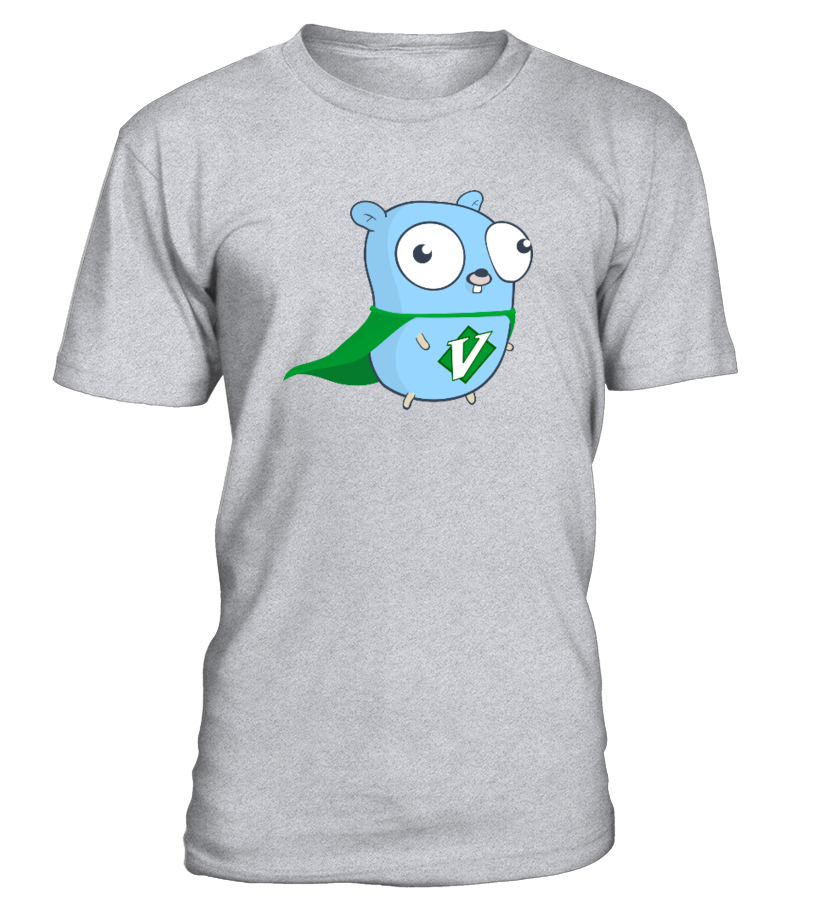เว็บซ็อกเก็ต
ตัวอย่างต่อไปนี้จะแสดงวิธีการใช้งานเว็บซ็อกเก็ตในภาษา Go เราจะทำการสร้างเซิร์ฟเวอร์อย่างง่ายที่ทำการแสดงค่าออกมาหลังจากรับค่าที่เรารับมาทุกอย่าง
เรามาเริ่มโดยการใช้ go get เพื่อใช้งาน gorilla/websocket ซึ่งเป็นไลบรารีอีกตัวที่ได้รับความนิยมกันเลยดีกว่า
$ go get github.com/gorilla/websocket
จากตรงนี้ ทุกๆ แอปพลิเคชั่นที่เราสร้างขึ้นก็จะสามารถเรียกใช้งานเจ้าไลบรารีตัวนี้ได้
// websockets.go
package main
import (
"fmt"
"net/http"
"github.com/gorilla/websocket"
)
var upgrader = websocket.Upgrader{
ReadBufferSize: 1024,
WriteBufferSize: 1024,
}
func main() {
http.HandleFunc("/echo", func(w http.ResponseWriter, r *http.Request) {
conn, _ := upgrader.Upgrade(w, r, nil) // error ignored for sake of simplicity
for {
// Read message from browser
msgType, msg, err := conn.ReadMessage()
if err != nil {
return
}
// Print the message to the console
fmt.Printf("%s sent: %s\n", conn.RemoteAddr(), string(msg))
// Write message back to browser
if err = conn.WriteMessage(msgType, msg); err != nil {
return
}
}
})
http.HandleFunc("/", func(w http.ResponseWriter, r *http.Request) {
http.ServeFile(w, r, "websockets.html")
})
http.ListenAndServe(":8080", nil)
}<!-- websockets.html -->
<input id="input" type="text" />
<button onclick="send()">Send</button>
<pre id="output"></pre>
<script>
var input = document.getElementById("input");
var output = document.getElementById("output");
var socket = new WebSocket("ws://localhost:8080/echo");
socket.onopen = function () {
output.innerHTML += "Status: Connected\n";
};
socket.onmessage = function (e) {
output.innerHTML += "Server: " + e.data + "\n";
};
function send() {
socket.send(input.value);
input.value = "";
}
</script>$ go run websockets.go
[127.0.0.1]:53403 sent: Hello Go Web Examples, you're doing great!Status: Connected Server: Hello Go Web Examples, you’re doing great!

